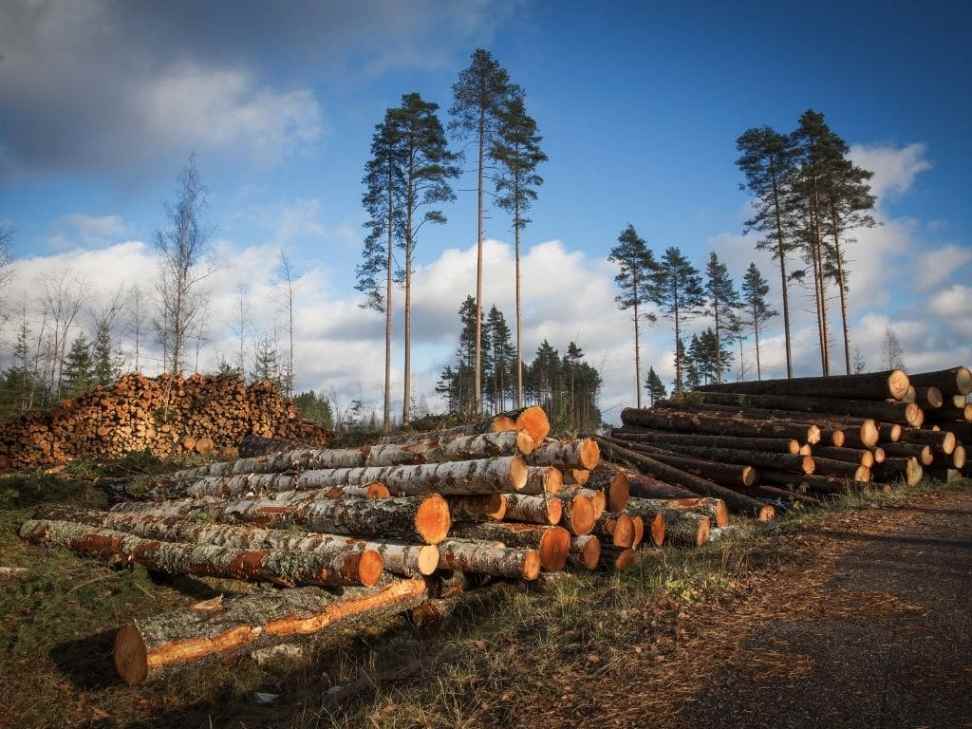100exch, Matchexch9, Laser 247.com: Forest certification plays a crucial role in ensuring that forestry practices are conducted in a sustainable manner. By certifying forests according to established standards, such as those set by the Forest Stewardship Council (FSC) or the Programme for the Endorsement of Forest Certification (PEFC), stakeholders can be confident that timber and other forest products are sourced responsibly.
Certification schemes require forest managers to adhere to strict guidelines that promote biodiversity conservation, sustainable harvesting practices, and community engagement. This helps to prevent deforestation, protect endangered species, and maintain the overall health of forest ecosystems. Additionally, certification provides transparency and accountability in the forestry sector, giving consumers the assurance that their purchasing choices are contributing to the preservation of forests and the promotion of sustainable development.
The Role of Third-Party Certifiers in Ensuring Responsible Logging
Third-party certifiers play a crucial role in verifying and monitoring logging practices to ensure they comply with sustainable forestry standards. By conducting independent audits and assessments, these certifiers help to hold logging companies accountable for their actions and encourage the adoption of responsible logging practices. Through this process, the integrity and credibility of certifications are strengthened, providing consumers with assurance that the products they purchase are sourced from sustainably managed forests.
In addition to verifying compliance with sustainability standards, third-party certifiers also help to promote transparency within the forestry industry. By publicly reporting on their findings and recommendations, certifiers create a system of checks and balances that fosters accountability and continuous improvement among logging companies. This transparency not only benefits the environment by ensuring the protection of forests and ecosystems, but it also creates a level playing field for companies that are committed to responsible forestry practices.
� Third-party certifiers conduct independent audits and assessments to verify logging practices
� Certifiers hold logging companies accountable for their actions
� Encourage adoption of responsible logging practices
� Strengthen integrity and credibility of certifications
� Provide consumers with assurance of sustainably sourced products
� Promote transparency within the forestry industry
� Publicly report findings and recommendations
� Create system of checks and balances for accountability
� Foster continuous improvement among logging companies
� Benefit environment by protecting forests and ecosystems
The Impact of Illegal Logging on Forests and Ecosystems
99 Exchange, Big Exchange ID, Maxwin9: Illegal logging poses a significant threat to forests around the world. The unregulated cutting of trees not only disrupts the delicate balance of ecosystems but also leads to the loss of biodiversity. As illegal loggers target valuable tree species, they often cause irreparable damage to the habitat of countless plants and animals.
Furthermore, the rampant destruction caused by illegal logging contributes to climate change. Trees play a crucial role in sequestering carbon dioxide from the atmosphere, and when forests are cleared indiscriminately, this vital process is hindered. The resulting decrease in forest cover not only releases stored carbon but also diminishes the earth’s natural ability to offset greenhouse gas emissions.
What is illegal logging?
Illegal logging refers to the harvesting, transportation, purchase, or sale of timber in violation of national laws. This can include cutting down protected species, logging in protected areas, or harvesting timber without the proper permits.
How does illegal logging impact forests and ecosystems?
Illegal logging can lead to deforestation, habitat destruction, loss of biodiversity, soil erosion, and disruption of ecosystems. It can also contribute to climate change and increase the likelihood of forest fires.
What are some of the ways to combat illegal logging?
Some ways to combat illegal logging include implementing forest certification programs, increasing patrolling and monitoring of forest areas, enforcing stricter penalties for illegal loggers, and promoting sustainable forestry practices.
Why is forest certification important for sustainable forestry practices?
Forest certification ensures that forests are managed in an environmentally responsible, socially beneficial, and economically viable manner. It helps consumers make informed decisions about the products they purchase and supports the conservation of forests and ecosystems.
What is the role of third-party certifiers in ensuring responsible logging?
Third-party certifiers play a crucial role in verifying that logging operations meet certain standards and criteria for sustainable forestry practices. They conduct audits, inspections, and assessments to ensure compliance with certification requirements.

